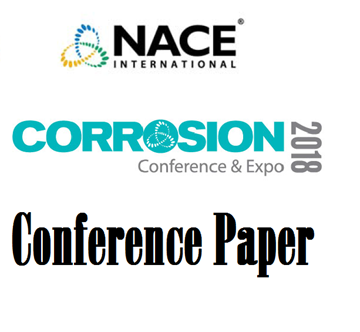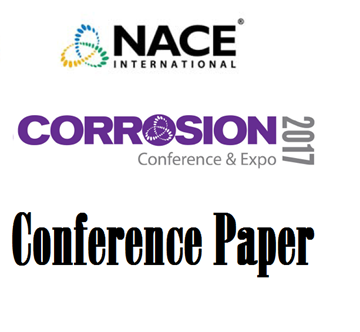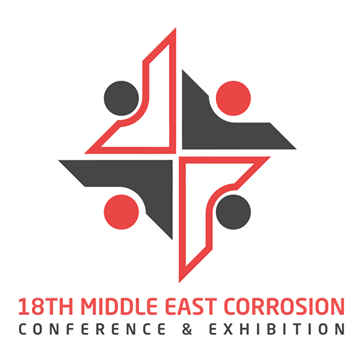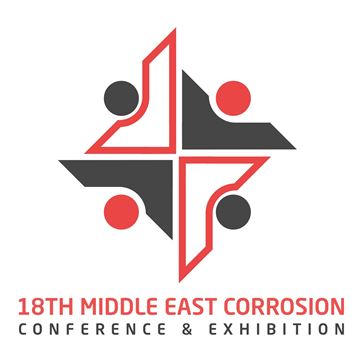Search
Products tagged with 'xrd'
View as
Sort by
Display
per page
51318-10990-Localized Corrosion of Mild Steel under Iron Sulfide Layers in CO2/H2S Environment
Product Number:
51318-10990-SG
Publication Date:
2018
$20.00
Effect of Chemical Environment and pH on AC Corrosion of Cathodically Protected Structures
Product Number:
51317--9352-SG
ISBN:
9352 2017 CP
Publication Date:
2017
$20.00
Microbial and Compositional Analyses of Crude Pipeline Samples
Product Number:
MECC23-20101-SG
Publication Date:
2023
$20.00
Microbial Corrosion Diagnosis Using Molecular Microbiology Methods: Case Studies
Product Number:
MPWT19-14427
Publication Date:
2019
$0.00
The Effect Of Strain On Surface Residual Stress In Alloy 600 Tensile Specimens
Product Number:
ED22-17258-SG
Publication Date:
2022
$20.00
Use of Microbiological, Geochemical, and X-ray Diffraction Techniques to Support the Autopsy of Reverse Osmosis Membrane from a Saudi Aramco Gas Plant
Product Number:
MECC23-20019-SG
Publication Date:
2023
$20.00






